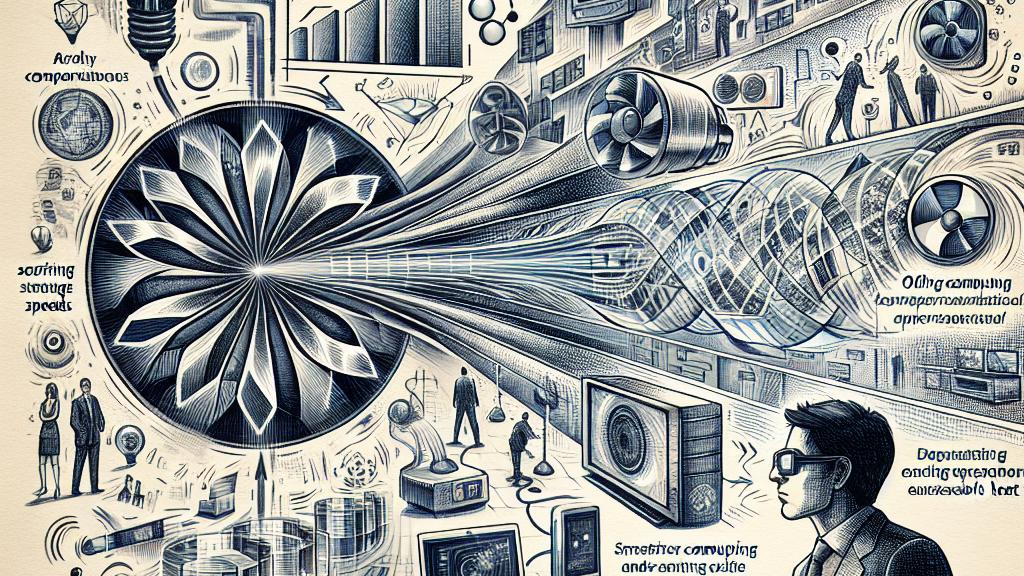Revolutionizing Computing with Light: The Future of Optical Technology
Overview
- Introducing diffraction casting: a revolutionary leap in optical computing that harnesses light's potential.
- This cutting-edge method promises extraordinary speed and significant energy efficiency, addressing the limitations of traditional electronics.
- With exciting applications on the horizon, diffraction casting is set to redefine the future of computing technology.

The Context of Optical Computing
In Japan, researchers at the University of Tokyo have embarked on an exciting journey by developing diffraction casting—an innovative optical computing approach. As we increasingly rely on advanced electronic devices, such as smartphones, laptops, and even smart home systems, we face a pressing issue: the excessive heat generated by these technologies. This heat not only reduces performance but also limits the miniaturization of devices, posing a significant challenge to the tech industry. To tackle these challenges, scientists are exploring the fascinating field of optical computing. By tapping into the incredible speed of light waves, researchers aim to perform calculations without the thermal burdens that accompany traditional electronics. This forward-thinking alternative paints a promising picture of a future where computing speeds soar while energy consumption drops.
Understanding Diffraction Casting
Diffraction casting represents a remarkable advancement over earlier methods like shadow casting. Whereas shadow casting required bulky geometric forms, diffraction casting ingeniously utilizes the inherent properties of light waves. This transition allows for unprecedented spatial efficiency and flexibility in computation. Imagine the beauty of crafting layers in graphic design software, where each overlay uniquely interacts to create a mesmerizing final image. In this case, researchers ran numerical simulations with small black-and-white images, yielding impressive results as the light traveled through layered structures to manipulate data effectively. This innovative technique stands as a testament to how creative thinking can revolutionize data processing and computation.
The Future of Optical Computing
As researchers delve deeper into diffraction casting, its potential applications across various fields become increasingly clear. Consider the implications for artificial intelligence, image processing, and machine learning. The excitement is palpable! While diffraction casting may not entirely replace existing computing systems, it offers a much-needed enhancement, functioning alongside traditional methods much like how graphics processing units (GPUs) have transformed gaming and complex calculations. This technology could inject new energy into data-intensive applications, enabling us to perform tasks more efficiently than ever before. Experts anticipate a timeline of about ten years before diffraction casting becomes commercially viable. However, the bright horizon ahead suggests a transformative shift in the computing landscape, where speed and energy efficiency harmonize, potentially unleashing a wave of creativity and innovation in our digital world.

Loading...